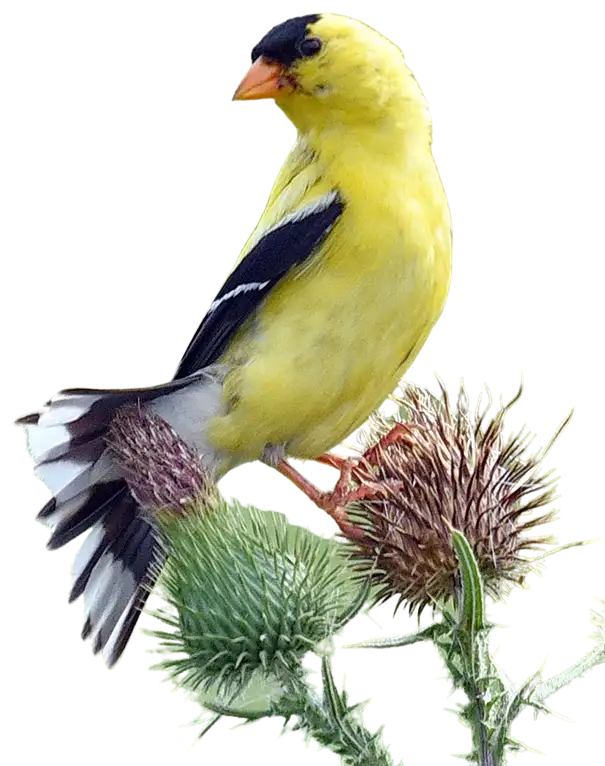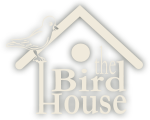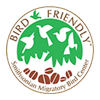Signs of fall migration accelerate this month. Post-breeding dispersal is also evident, as young birds and their parents desert nesting grounds to feed and gather strength for the journey south. On average, 196 species are seen.
In the air, an interesting dispersal of raptors occurs in August. Hundreds, even thousands of Red-tailed Hawk and smaller numbers of Broad-winged Hawk and Northern Harrier fly over on west winds. The hawk watch platform at Braddock Bay is a good place to look, or any vantage point along the parkway near the lakeshore.
On the lake, shorebird migration is in full swing. White-rumped and Baird’s Sandpiper join the array of species. A Whimbrel or two, or even a Willet, are often spotted each August along the lakeshore. Look at the barrier island at Braddock Bay, Ontario Beach, and at Iroquois National Wildlife Refuge for shorebirds. If water levels have dropped enough, the mudflats off Empire Boulevard at the south end of Irondequoit Bay, and at Montezuma National Wildlife Refuge, become shorebird hotspots worth frequent checks.
Migrating Black-bellied Plover and American Golden-Plover will appear in freshly plowed fields. Buff-breasted Sandpiper are possible the last weekend of the month in fields and grassy areas. Look on the west lakeshore in Parma, Hamlin, and points farther west; they are traditionally good places this time of year.
On the ponds, bitterns, herons, and rails will be more evident now, especially as water levels drop, exposing mudflats where parents and young feed. Watch for southern heron species that may turn up on ponds in post-breeding wandering. Montezuma and Iroquois National Wildlife refuges are great places to observe marsh birds this time of year, but also check any of the lakefront ponds and borrow pits, Braddock and Irondequoit Bays, and Salmon Creek.
Songbird activity can be hit-or-miss this month as many of our locally breeding birds hunker down as they undergo their annual molt. By mid-to late-month the first warblers will be migrating south through our area. Bay-breasted, Magnolia, Chestnut-sided, Canada, Northern Waterthrush, Cape May, and Black-throated Blue Warbler are among the first to do so. Many warblers in fall plumage are a mere shadow of their spring splendor or wear an entirely different plumage, which can be confusing. However, with practice, most species can be readily identified. Look in woodlots along the lakeshore. Badgerow Park in Greece consistently attracts small numbers in August, particularly along sunlit wood edges in late afternoon and early evening.





